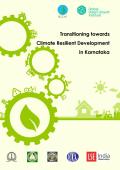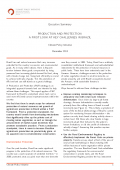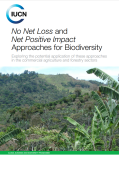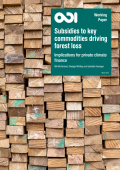
The Little Green Data Book provides key environmental data for over 200 economies, based on the World Development Indicators 2015 and its online database. Over 50 indicators are used, organized into categories on: agriculture; forests and biodiversity; oceans; energy and emissions; water and sanitation; environment and health; and national accounting aggregates. Data is presented for the regions of East Asia and Pacific, Europe and Central Asia, Latin America and the Caribbean, Middle East and North Africa, South Asia, and Sub-Saharan Africa.
The 2015 edition uses two new air pollution indicators: mean annual exposure to suspended particulate matter less than 2.5 microns in diameter (PM2.5); and percentage of total population exposed to PM2.5 pollution above the World Health Organization (WHO) Air Quality Guidelines (AQG) value of an annual average of 10 microns per cubic meter. Previous editions used indicators focused on the larger particulates (PM10) and only on urban centers with more 100,000 persons.
Also incorporated this year, are estimates of the economic costs of air pollution, including household air pollution from cooking with solid fuels.


The study finds that there is ample scope for enhanced protection of natural resources and growth of agricultural production in Brazil within a Production and Protection framework. From a protection standpoint, the country would benefit from developing mechanisms that significantly drive up the private cost of clearing native vegetation, as well as through the advancement of market-based incentives that promote sustainable practices. From a production standpoint, there is room to increase Brazilian agricultural production via productivity gains, at no apparent cost to environmental conservation.


There is an increasing focus on the role that public and private resources can play in supporting activities that reduce forest loss as part of wider efforts to address climate change, and ensure sustainable development.
